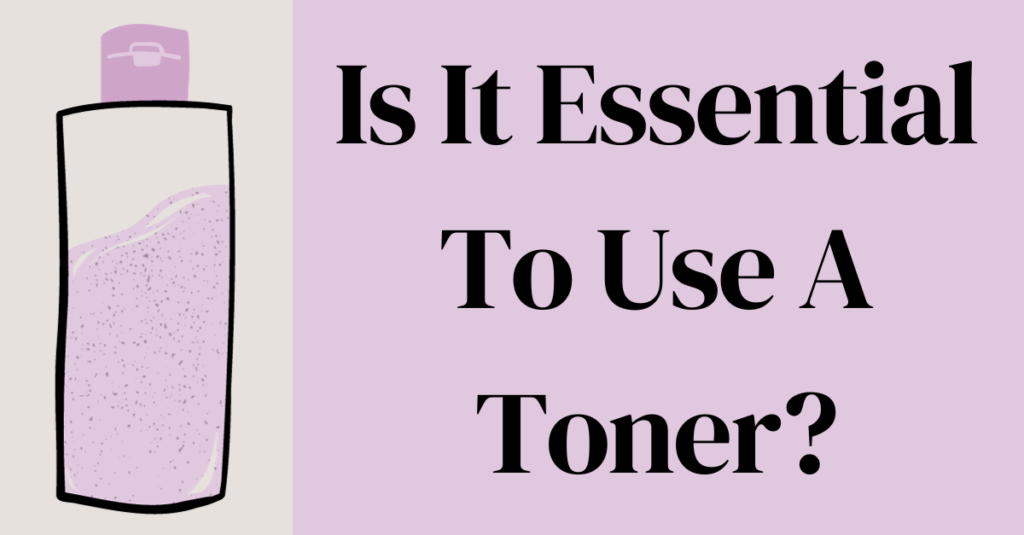What is the Difference Between ‘Normal to Oily Skin’ and ‘Normal to Dry Skin’ Labels on Face Creams and Moisturizers?
In the ever-evolving world of skincare, understanding your skin type is paramount to achieving a healthy and radiant complexion. Among the myriad of products available, two common labels you’ll encounter on face creams and moisturizers are ‘Normal to Oily Skin’ and ‘Normal to Dry Skin.’ These labels serve as guides to help you choose the right products for your specific skin needs. However, deciphering their significance can be confusing, especially with the abundance of options on the market.
To demystify the differences between ‘Normal to Oily Skin’ and ‘Normal to Dry Skin’ labels, let’s delve into the characteristics of these skin types, the ingredients typically found in associated products, and how to determine your skin type for an informed skincare regimen.
Understanding Skin Types
Before delving into the specifics of product labels, let’s first understand the fundamental differences between various skin types:
1. Normal Skin:

- Characteristics: Normal skin is well-balanced, neither too oily nor too dry. It feels comfortable, smooth, and has minimal imperfections.
- Common Concerns: Individuals with normal skin may still experience occasional breakouts or dryness, but these issues are generally mild and short-lived.
2. Oily Skin:

- Characteristics: Oily skin tends to produce excess sebum, leading to a shiny or greasy appearance, particularly in the T-zone (forehead, nose, and chin). Pores may appear larger, and it is prone to acne and blackheads.
- Common Concerns: Oily skin can be susceptible to clogged pores, which can result in acne and skin congestion.
3. Dry Skin:

- Characteristics: Dry skin lacks sufficient moisture and often feels tight, rough, or flaky. It may appear dull and sometimes develops fine lines and redness.
- Common Concerns: Dry skin is prone to irritation, redness, and the premature development of fine lines and wrinkles.
The Role of Face Creams and Moisturizers

Face creams and moisturizers play a pivotal role in maintaining skin health. They help to replenish moisture, seal in hydration, and provide a protective barrier against environmental aggressors. These products aim to balance your skin’s natural moisture levels, ensuring it remains nourished and resilient.
‘Normal to Oily Skin’ Products
Characteristics of ‘Normal to Oily Skin’:
- Excess sebum production
- Shiny or greasy appearance
- Enlarged pores
- Prone to acne and blackheads
Common Ingredients in Products for ‘Normal to Oily Skin’:
- Lightweight and non-comedogenic formulas: These products are designed to prevent clogged pores and breakouts while providing adequate hydration without a greasy residue.
- Oil-regulating ingredients: Ingredients like salicylic acid, witch hazel, or niacinamide help control sebum production and reduce shine.
Benefits of using ‘Normal to Oily Skin’ products:
- Reduced shine and greasiness
- Minimized risk of breakouts and blackheads
- Lightweight hydration without clogging pores
Recommended Products:
- Gel-based moisturizers
- Oil-free or water-based face creams
- Mattifying primers
If you have ‘Normal to Oily Skin,’ selecting products specifically tailored to control excess oil and maintain a matte appearance can help keep your skin looking fresh and clear.
‘Normal to Dry Skin’ Products
Characteristics of ‘Normal to Dry Skin’:
- Insufficient moisture
- Tightness, roughness, or flakiness
- Dull complexion
- Prone to fine lines and redness
Common Ingredients in Products for ‘Normal to Dry Skin’:
- Rich and hydrating formulas: These products are typically thicker and contain ingredients like hyaluronic acid, glycerin, or shea butter to provide intense moisture and repair the skin’s barrier.
- Moisture-retaining ingredients: Ceramides and fatty acids help lock in moisture and strengthen the skin’s protective barrier.
Benefits of using ‘Normal to Dry Skin’ products:
- Improved hydration and suppleness
- Reduction in dryness, flakiness, and redness
- Enhanced skin elasticity and a more youthful appearance
Recommended Products:
- Cream-based moisturizers
- Hydrating serums
- Night creams with rich textures
For those with ‘Normal to Dry Skin,’ choosing products that deliver deep hydration and fortify the skin’s natural moisture barrier is key to combatting dryness and maintaining a radiant complexion.
How to Determine Your Skin Type

Choosing the right products for your skin type begins with understanding your unique needs. Here are some methods to help you identify whether you have ‘Normal to Oily Skin’ or ‘Normal to Dry Skin’:
1. Self-assessment:
- Observe how your skin feels throughout the day. Does it become excessively oily and shiny, or does it feel tight and dry?
- Pay attention to any concerns such as acne breakouts, blackheads, flakiness, or redness.
2. Professional consultation:
- Visit a dermatologist or skincare professional for a thorough analysis of your skin type.
- They can recommend products and treatments tailored to your specific needs.
3. Importance of periodic evaluation:
- Keep in mind that your skin type can change due to factors like age, climate, or hormonal fluctuations. Periodically reassess your skin to adjust your skincare routine accordingly.
Common Mistakes to Avoid

While understanding your skin type and choosing appropriate products is essential, here are some common mistakes to avoid:
1. Using the wrong type of product:
Using products not designed for your skin type can exacerbate issues rather than improve them. Always choose products that align with your skin’s needs.
2. Overloading the skin with products:
Using too many products, even if they are suitable for your skin type, can lead to irritation and overwhelm your skin. Keep your routine simple and focused.
3. Neglecting changes in skin type:
As mentioned earlier, your skin type may change over time. Be attentive to these changes and adjust your skincare routine accordingly to ensure your skin remains healthy.
In summary, the categorizations of ‘Normal to Oily Skin’ and ‘Normal to Dry Skin’ on facial creams and moisturizers act as indispensable signposts, assisting you in customizing your skincare regimen. The ability to discern your skin type and pick the appropriate skincare essentials can wield a substantial influence on your pursuit of a vibrant and healthy complexion. It’s vital to bear in mind that skincare is a highly individualized endeavor, with no one-size-fits-all solution; what proves effective for one may not be the panacea for another. By dedicating time to comprehending your skin’s intricacies and making mindful selections when it comes to skincare products, you embark on a unique and tailored skincare expedition that aligns perfectly with your distinct needs and aspirations.

My name is Rohit Vagh and I’m a content writer specializing in fashion and lifestyle. I have three years of experience in this field and have written various articles. My writing style is creative and engaging, and I strive to create content that resonates with my readers. I have a deep passion for fashion and am constantly researching the latest trends and styles to make sure my readers are up to date. I’m excited to continue my career in blogging, and I’m always looking for new opportunities in the fashion and lifestyle space.





